POWER PLAY IN POWER
SECTOR:
STORY OF 1200 M.W.
TEESTA HYDEL POWER PROJECT(STAGE III), NORTH SIKKIM
FOREWORD
I begin with the premise that this presentation is based on
memory. No papers of the Teesta project are
available with me at present. Therefore, the presentation has its own merits
and demerits. For ‘making’ the presentation, I have received requisite
inspiration from Prof. M.N. Srinivas, the great Indian Sociologist, who
authored the widely acclaimed book ‘Remembered Village’. It was purely based on
memory, as the entire manuscript of the book was lost in a fire in a London
Hotel. The book, incidentally, dedicated to the vandals, who caused the fire,
went on to become one of the best Monographs of the Anthropological literature.
Needless to
say, I cherish no aspiration of Srinivasan kind. I have to meet and rightly so,
an essential requirement of the APPPA (July, 1999-April,2000)
(I)
INTRODUCTION:
The mountainous state of
Sikkim is extremely rich in forest and water resources, apart from being one of
the most exotic tourist destinations. As per the figures available in 1991, the
total production of power in the state was barely 30 M.W. from its various
micro- hydel plants which could not meet fully the total demand. The states,
therefore, had to depend on some supplies from the Chukha Hydel Project in
Bhutan, through the Eastern Grid. The state Government has been serious about
utilising the hydel power potential in a gradual fashion. It is estimated that
the total potential of the state will come to more than 10,000 M.W.
(II) TEESTA
HYDEL POWER PROJECT:
Hydrological and other related studies
of 1200 M.W. Teesta Project were carried out by the Central Water Commission
over a period of ten years. By the year 1991, after all studies were completed,
the National Hydel Power Corporation (NHPC) was to execute the project in the
North Sikkim District. The whole project was going to be underground. Six
numbers of turbines, each having a capacity of 200 M.W. were to be located
inside a 10 K.M. long tunnel between Chungthang (Sub- division H.Q.) and
Namprikdang (below the District H.Q.).Water for rotating the turbines was to be
taken from the mighty, high velocity Teesta River. A dam of the height of 35 to 40 feet was to be constructed
over the river near Chungthang. Water was to be taken through a Diversion Canal
into the tunnel. The tunnel was to be located underneath a hard rock area, which
had been declared very stable by the Geological Survey of India. The project
was kept under ground in order to have no effect on the thick vegetation cover
in the area as also not to attract the attention of China, whose border was
barely 15 to 20 Kms. away (by crow flight). Also, it was aimed not to disturb
the setting of local villages, which were inhabited by the fast dwindling
Lepcha tribesmen.
(II)
PROJECT
DETAILS:
The NHPC had set up an office each at Gangtok
and Mangan, (state and District H.Q. respectively) well in advance. The plan of
the project township, the rehabilitation package for the 12 tribal families to
be evicted from the project area, the benefits to be given to the local people
, the amount of compensation for the land to be acquired etc. were worked out
amicably by the project authorities in consultation with the District
Administration. Certain pending matters were sorted out after I joined the
District as D.C. in January, 1991. There was no opposition from any quarter in
the State Administration as well, as the State was going to get 120 M.W. of
power free of cost out the total of 1200 M.W. to be produced. This would have
been more than the requirement of the state (60 M.W.) in 2005 (likely year of
completion of the project)
(IV) PROTEST
BY A POLITICAL PARTY:
When the stage was fully set to
start the work (middle of 1991) the State Congress (I) began instigating the
local people. It was alleged that the traditional Lepcha reserve of Dzongu will
be lost, a large number of tribals will be deprived of their houses and landed
property, very little compensation would be paid for the land to be acquired
and above all, there would be adverse impact of the creation of the project
township over the innocent tribals, as a number of ‘outsiders’ were likely to
work on the construction and subsequent control and running of the project.
(V)
SUBMISSION OF REPRESENTATION TO THE PRESIDENT OF INDIA:
The State unit of Congress (I)
managed to submit a representation to the President of India. Since the members
of the then ruling party at Centre had given the representation, the matter was
taken seriously and certain doubts were expressed about the role of the State
Government. The President of India directed the Governor of Sikkim to look into
the allegations levelled, visit the project area and submit his assessment on
top priority.
(VI)
REACTION OF THE RULING PARTY:
Sikkim Sangram Parishad, the ruling
party, as expected, did not like the attitude of the centre. Movements and
possible reaction of the Governor was monitored very closely. The Governor, in
his own wisdom, asked me to send a “Status Note” on the project in view of the
allegations levelled. Surprisingly, the
Secretary of the Land Revenue Department, Govt of Sikkim was not asked to give
his reactions. I, therefore, submitted the Status Note to the Governor and marked
a copy of the same to the Secretary, Land Revenue Department.
(VII) VISIT
OF THE GOVERNOR:
After going through the Status Note, the Governor visited the District
Headquarter as also the project site. He also had detailed with the local
people and leaders of the Congress (I) and the ruling party. Separately, he
discussed the matter with me both in presence as also absence of the officials
of state Power Department and N.H.P.C. After being convinced about the actual
ground reality, the Governor sent his report to the President.
(VIII)
TEMPORARY SET BACK-NO LIGHT AT THE END OF THE TUNNEL:
Contents of the report of the
Governor could not be known. However, the Government of India did not give
clearance to the project as the then ruling party of the State suddenly took a
decision to get the project executed through a private power company, instead
of NHPC. Expected Benefits likely to come forth by way of participation of the
private company could not be ‘amicably’ settled. The project as a result,
could not see the light of the day.
Politicians of
both the shades scored a victory, while the efforts of the government servants
proved futile. Innocent people of the state could neither understand the power
game nor could they comprehend the benefits of the power project. Nonetheless,
they were sandwiched between two centres of power.
(IX) REVIVAL
OF THE PROJECT:
A new regional party came to power in
the state in 1994. It scrapped Rathong Chu, a 30 M.W. Hydel Power Project in
West District on environmental considerations. The Teesta Hydel Power Project was however freshly looked at. After prolonged
deliberations and negotiations, it was decided to involve NHPC once again and
seek concurrence of Government of India.
(X) PRESENT
SCENARIO:
Government of India has given environmental
clearance for executing one of the five stages of the project, which will lead
to production of 550 M.W. of electricity. Investment decision on the project by
the Cabinet Committee on Economic Infrastructure is expected soon. At the same
time, the matter is under active consideration of the State Government as
regards executing other phases and stages of the project.
POSTSCRIPT
Never give up hope even if the politicians hold the key. While the politicians may play politics over a limited span of time, most of the bureaucrats indulge in politics throughout their career and never refrain from blaming the politicians for all the ills present in the system


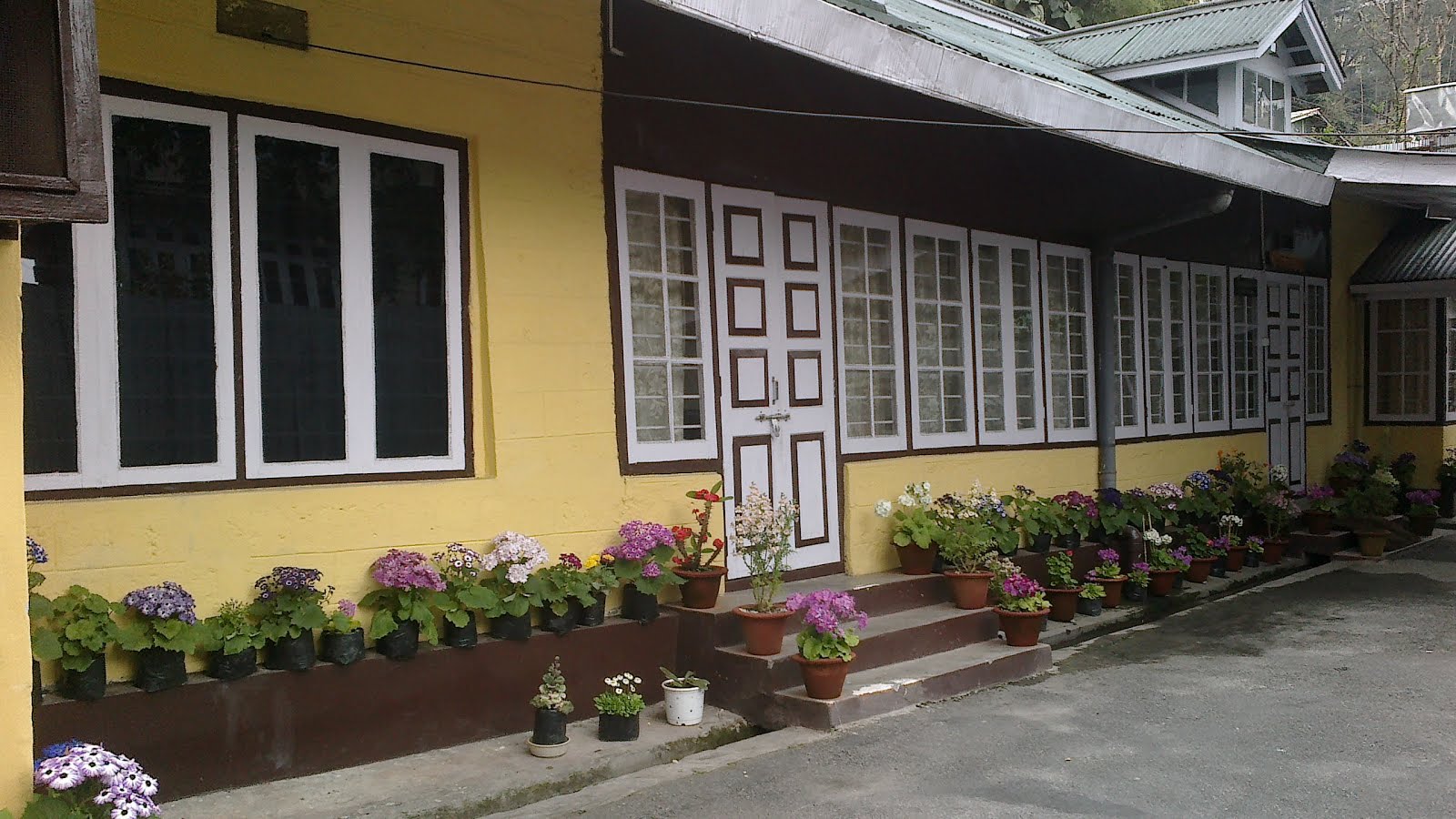







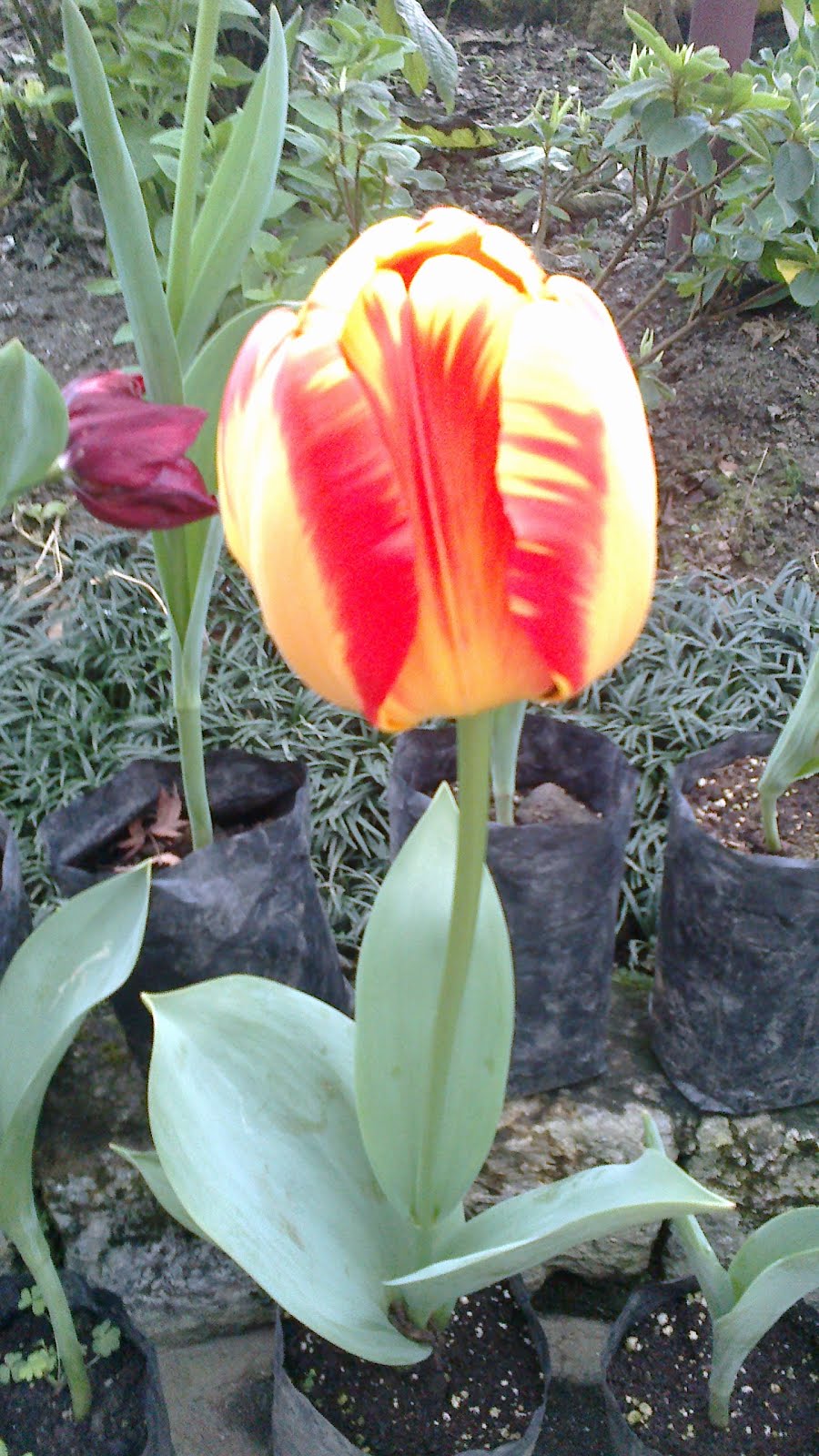
















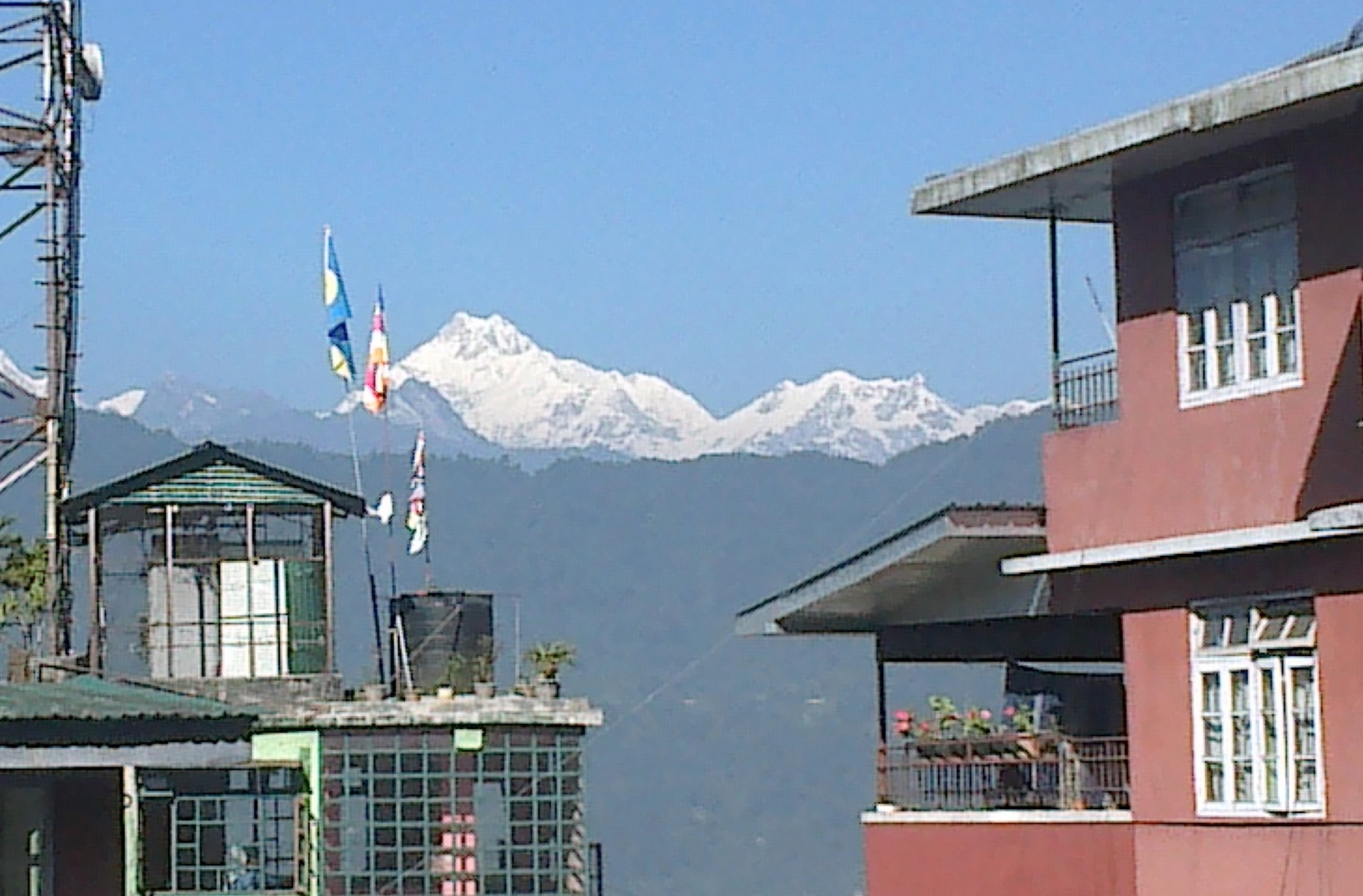






























































































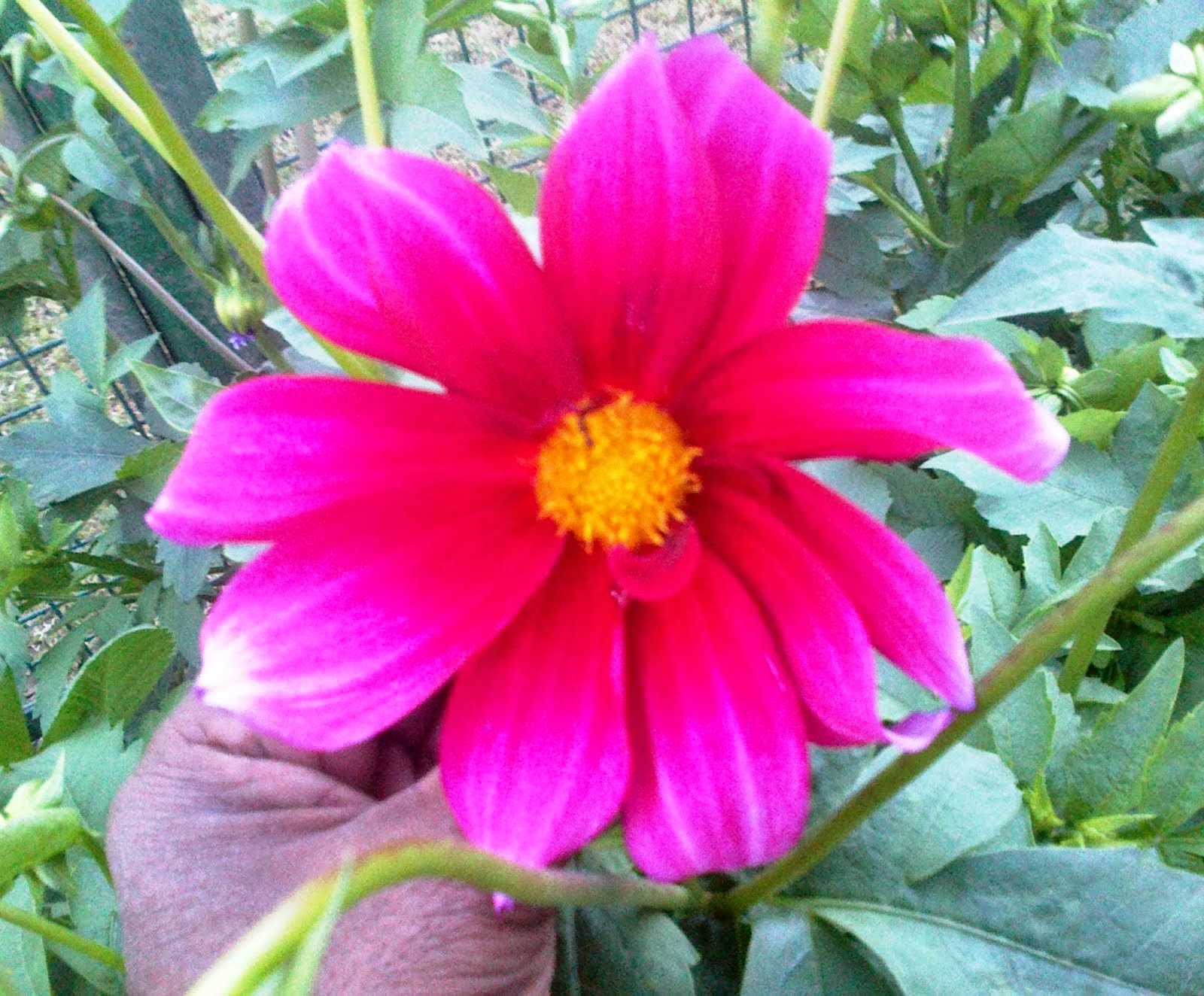



















































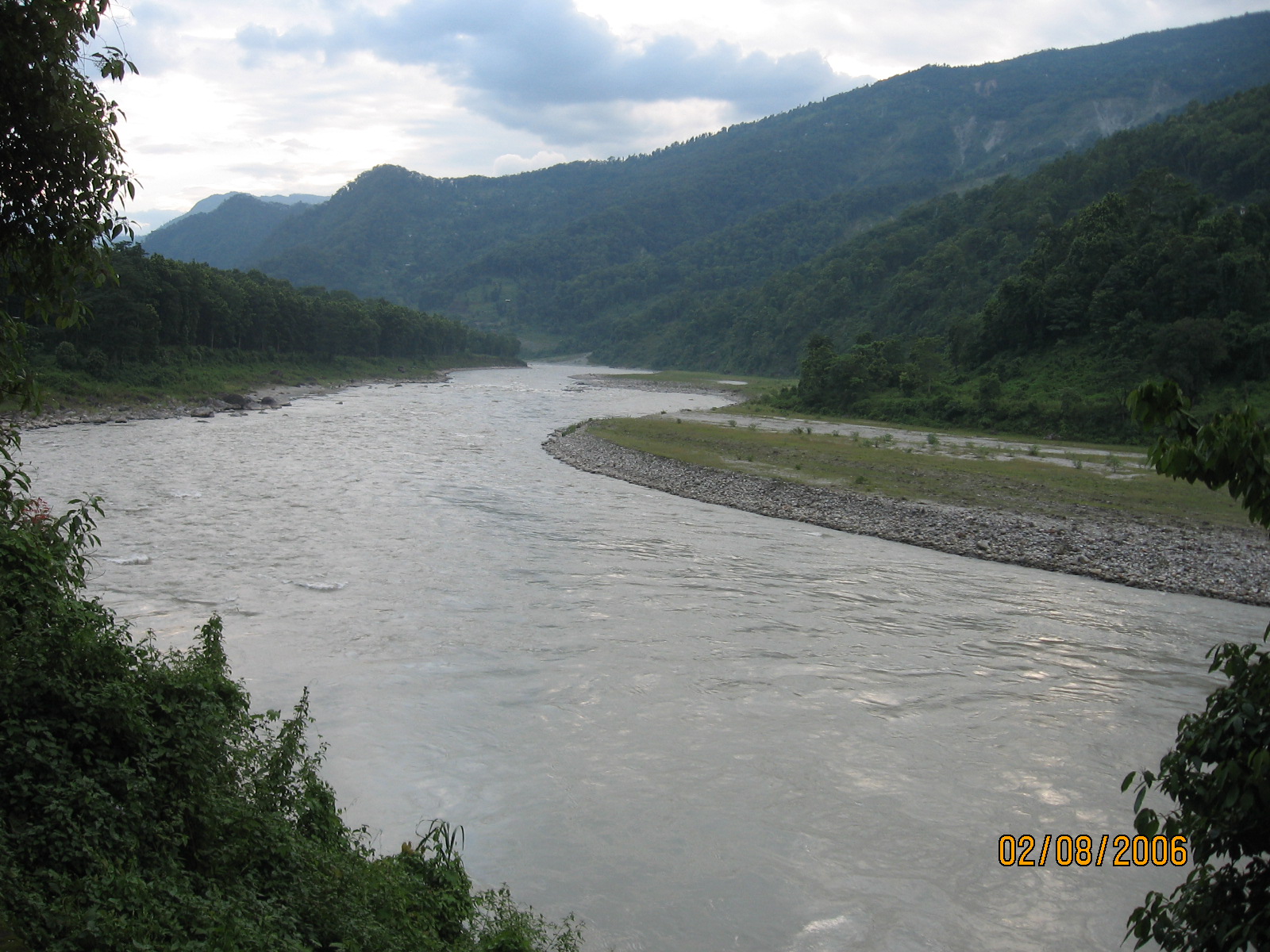

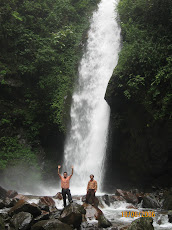
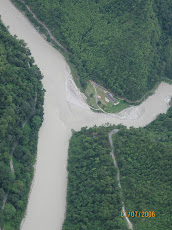
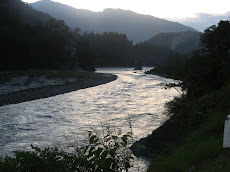
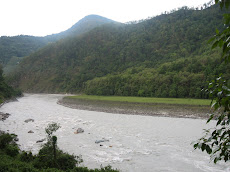
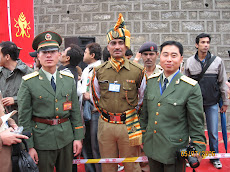
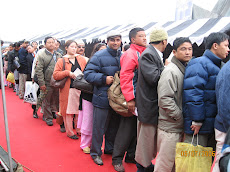
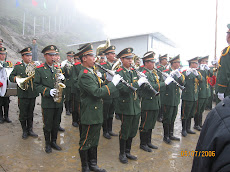


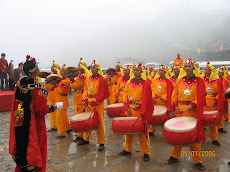
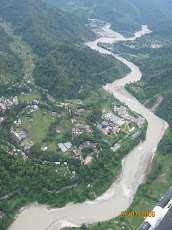




















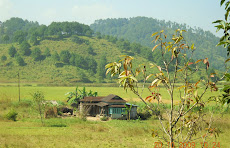
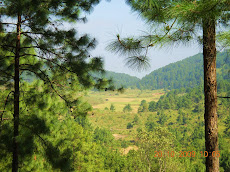








.jpg)







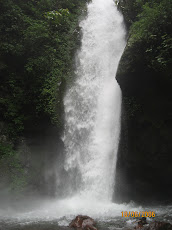
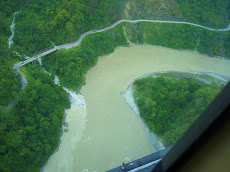


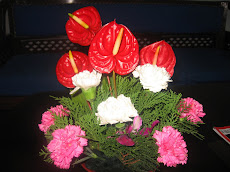






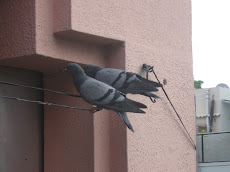
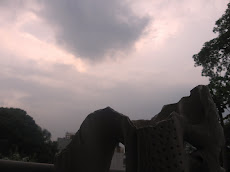
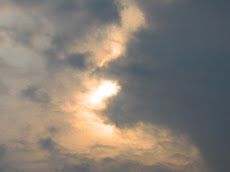
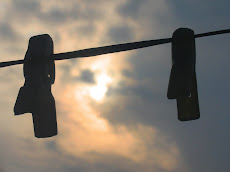
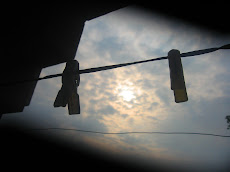

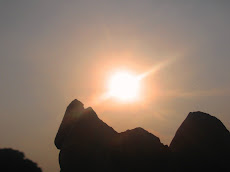
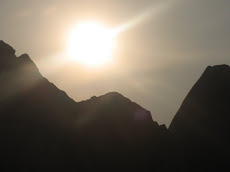





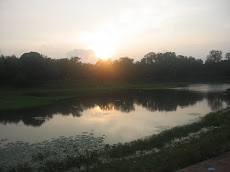
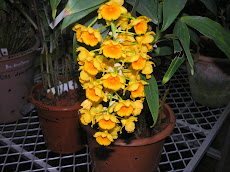
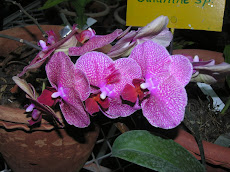

























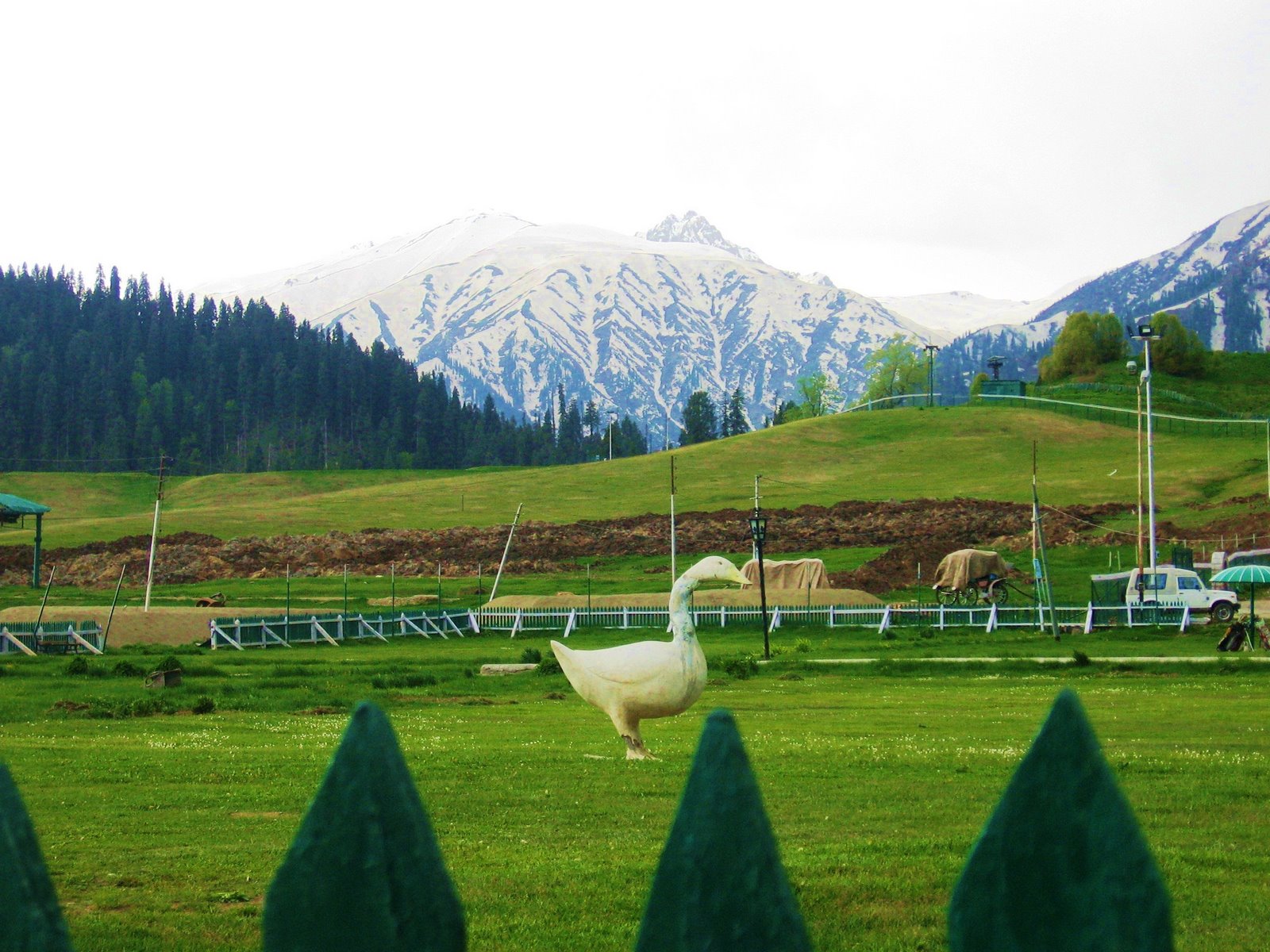
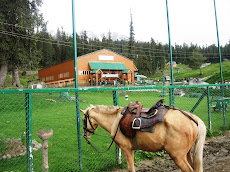
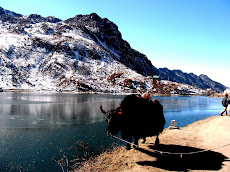






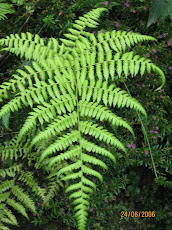

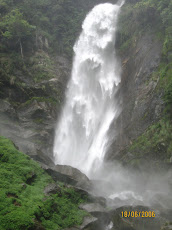



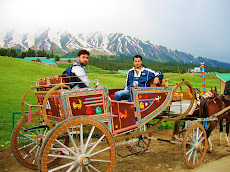






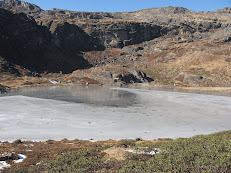

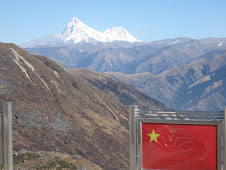



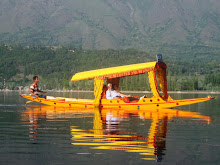
No comments:
Post a Comment